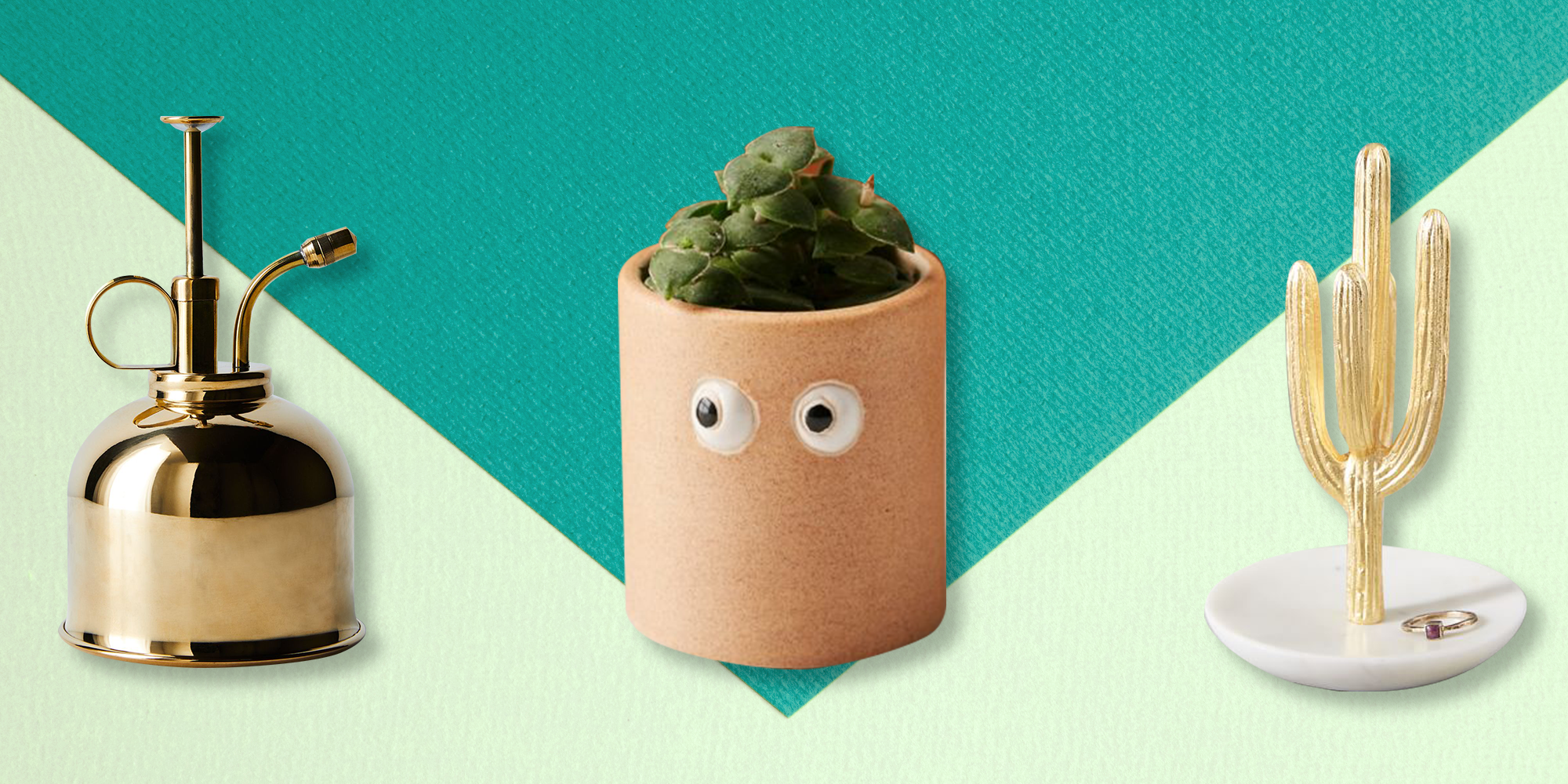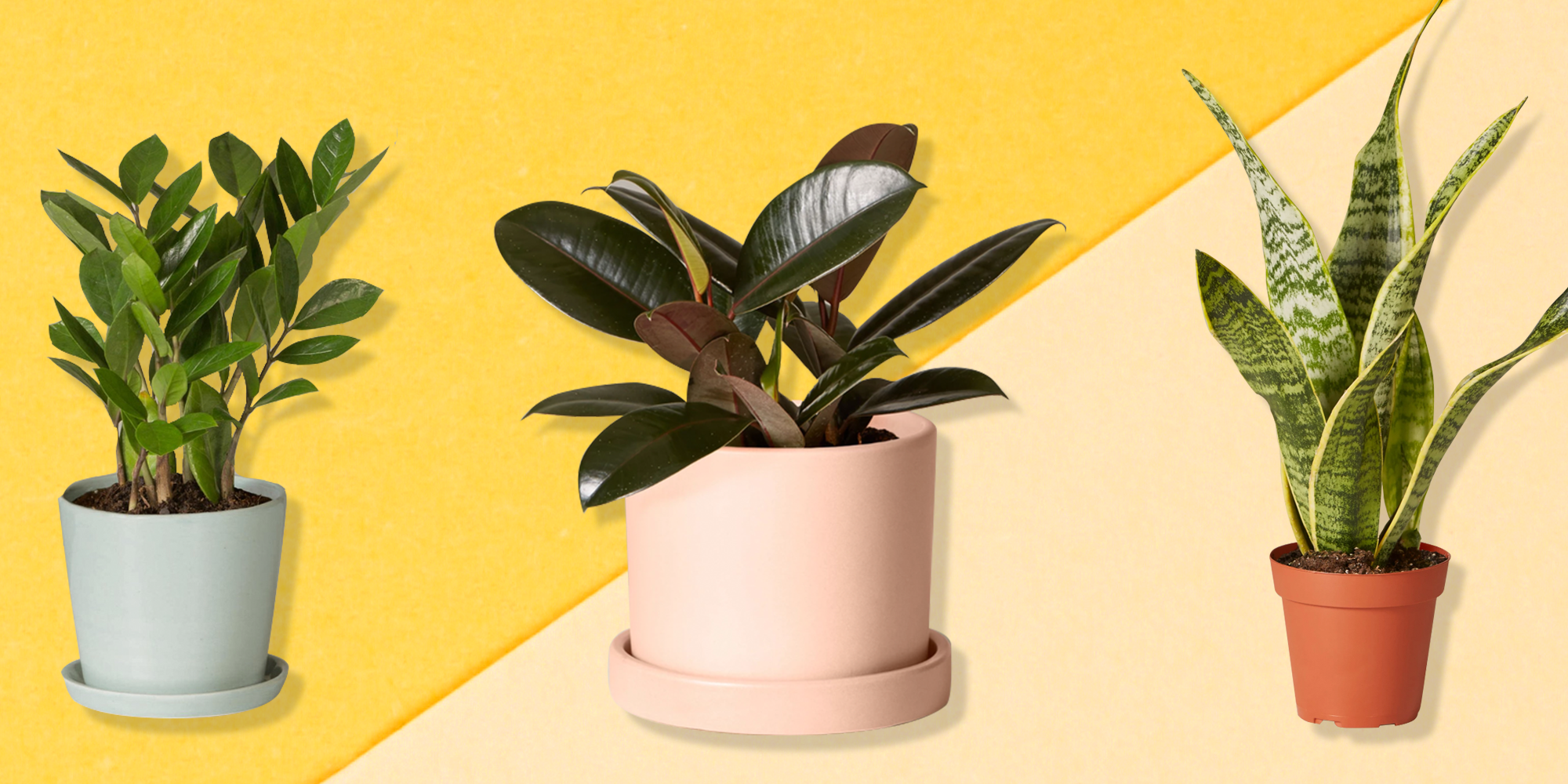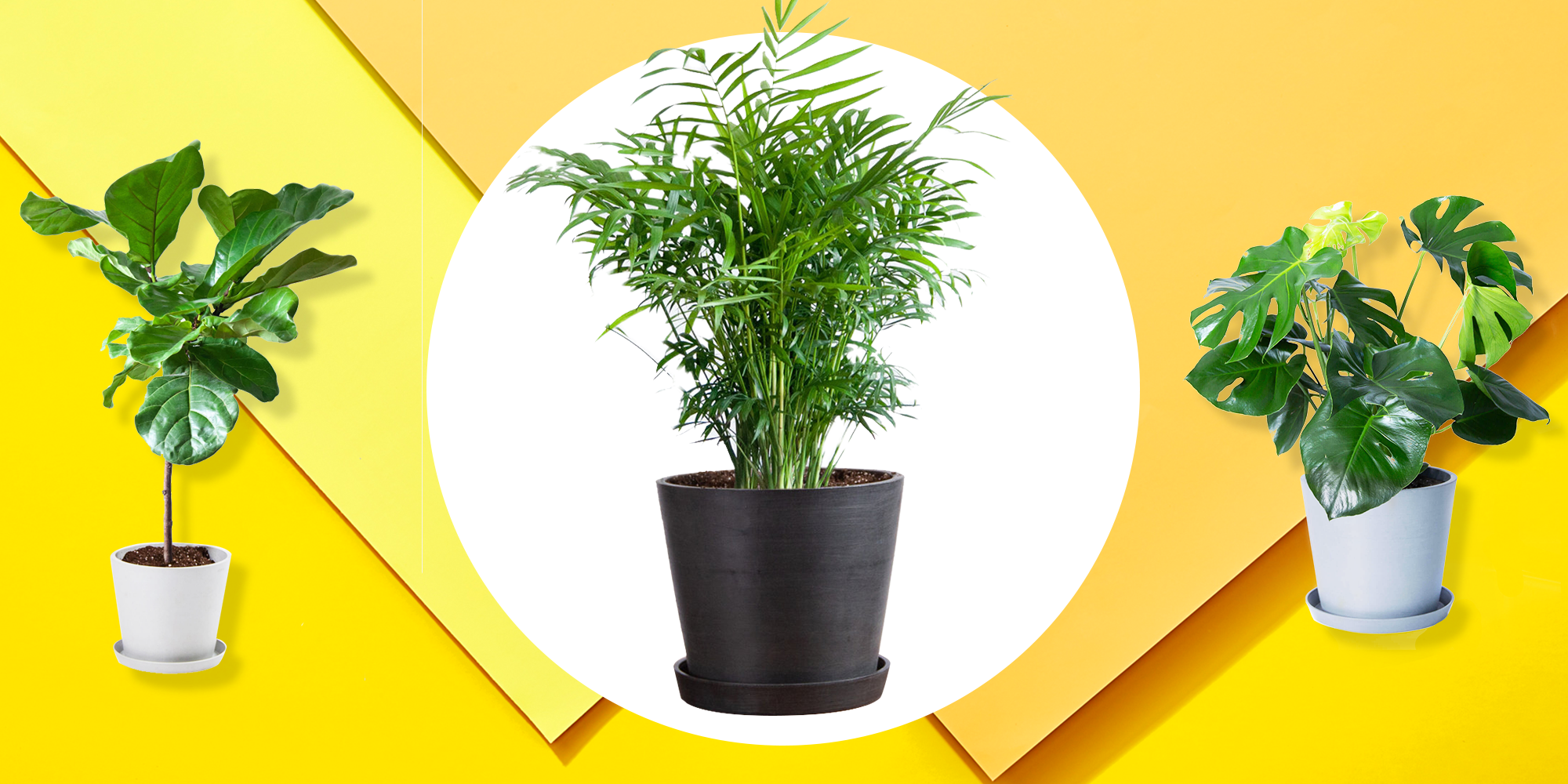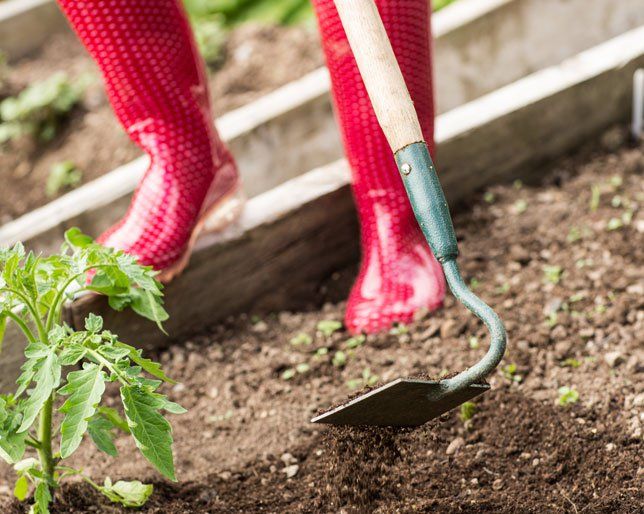Whether you’re trying to beautify your yard, grow some fresh herbs to step up your cooking game, or simply maintain the plants purifying the air in your home, gardening is a pretty rewarding hobby (and workout, according to Elizabeth Hurley). There’s just something about seeing your plants thrive and getting your hands dirty that makes it so fulfilling.
But, a word to the wise, you’ve got to be prepared to commit. Gardening requires giving your plants or flowers regular attention, from making sure they’re watered properly to staying on top of weed control.
While there’s a lot to consider, remember that it’s okay if you wind up killing a few plants along the way (you can always try again). “Don’t let yourself become overwhelmed. This is supposed to be a fun and healthy activity, not an additional life stressor,” says plant expert Jennifer Morganthaler, agriculture instructor at Missouri State University. She recommends starting small and then growing your garden or plant collection as you grow more comfortable with your horticulture skills.
Ready to become a green-thumbed goddess? Here are 15 gardening tips for beginners that will keep you on the right track:
1. Choose plants that are suitable for beginners.
Do yourself a favor and get started with plants that are easy to grow. “Good houseplants for beginners are spider plants, golden pothos vine plants, aloe plants, snake plants and ZZ Plants,” Morganthaler says.
More interested in growing something you’ll be able to eat eventually? Vegetables like carrots, cucumbers, lettuce, radishes, and tomatoes or herbs like basil, chives, cilantro, and dill are all known to be easy to grow, says Morganthaler.
Pro tip: If you’re creating an outdoor garden, make sure you choose plants that are suitable to weather that’s typical to your area. Consider soil type, sun-facing direction, and average temperatures when doing your individual plant research. When in doubt, ask someone who’s been there, grown that.
Have something you wanna grow? Here’s how to propagate a new plant from cuttings:
2. Don’t try to figure everything out on your own.
Gardening can serve as a solitary and meditative experience, but don’t be afraid to seek help from others, especially in the early stages. “One of the great joys of gardening is learning from and improving upon past experience, either yours or others,” says Dan Scott, associate director of horticulture for the American Horticultural Society.
If trying to figure out what to grow becomes difficult and overwhelming, find a gardener who can guide you in the right direction. That may mean meeting new people, which can be an added bonus. “If you don’t have any local gardener friends, join a local garden club or find a social media group,” Scott suggests. “Remember, we all have different experiences, and even a brand new gardener may have something new to share.”
3. You don’t need a huge backyard to start your own garden.
Small backyard? No problem. Try starting a container garden (bonus: they’re a lot easier to maintain). Growing your plants in containers makes it easier to keep track of ’em, since you can keep a better eye on weeds or any pests that may be lurking around.
Still, you should pay attention to the way you’re grouping your plants. Neighboring plants should require the same conditions of light and moisture if you want them all to grow strong.
4. Choosing the right soil is key to plant survival.
If you’re buying bagged soil, opt for a garden or potting soil, says Morganthaler. Scott warns against using top soil or compost when you’re starting your seed indoors or growing plants inside a container. “They will retain too much moisture and can rot the seed of the young plants and may also introduce insects or diseases,” he says.
ICYDK, topsoil is literally the outermost layer of soil, so it’s usually where you can find tiny critters and other microorganisms. It’s typically incorporated into a soil mixture, as opposed to alone. Potting soil, on the other green-thumbed hand, has good drainage and is free of impurities, allowing your plants to ~thrive~.
5. Pick the right place for your plants.
Some vegetables and plants are more tolerant of sun and shade than others, says Morganthaler. “Beets, carrots, kale, lettuce, and spinach can grow in shady areas if there is at least three hours of sun per day,” she notes.
It’s important to weigh the needs of indoor plants, too, though you can also take your home decor preferences into account. “House plants add decoration to a room, filter air, and have different light preferences, but you need to keep in mind temperature as well,” says Morganthaler. “Avoid unheated rooms in the winter time, cold drafts, or directly above or below heat vents.” And when it comes to herbs, you can store those growing sprouts in the kitchen for convenience.
6. Purchase a good set of gardening tools.
Quality pruners are a must, says Scott. “There are many excellent brands of hand pruners on the market, but the most important thing is to find a pair that is comfortable in your hand,” he notes. “Not only will they be more pleasant to use, but it may minimize the potential for a repetitive stress injury.”
You may also want to invest in a soil knife. “A high-quality, serrated soil knife will help cut through roots in the soil, can be used to trim the roots of pot-bound plants, and will also work as a trowel,” explains Scott. Other tools you may want to buy include gardening gloves, a shovel, a rake, a watering can, and a hand trowel, according to your individual gardening needs.
Beginner Gardener Essentials
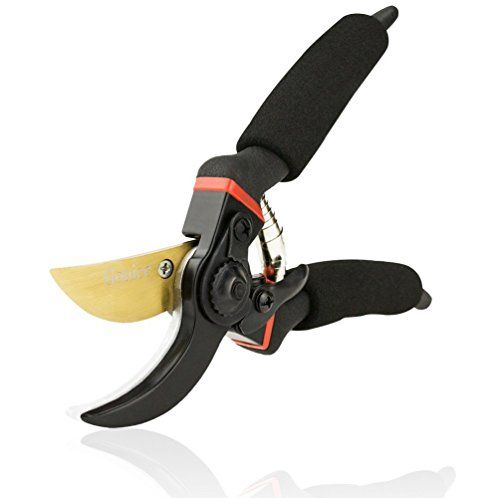
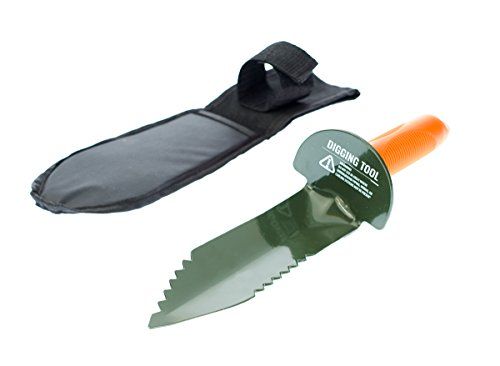
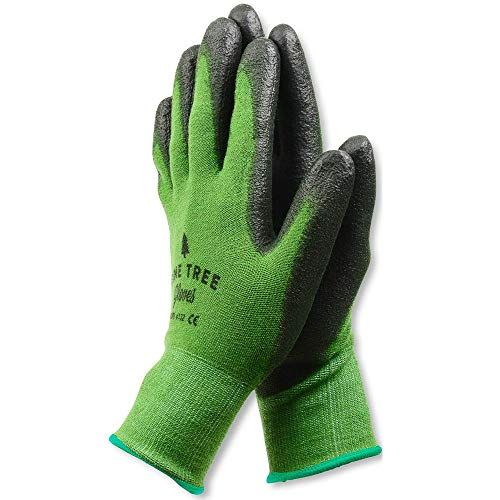
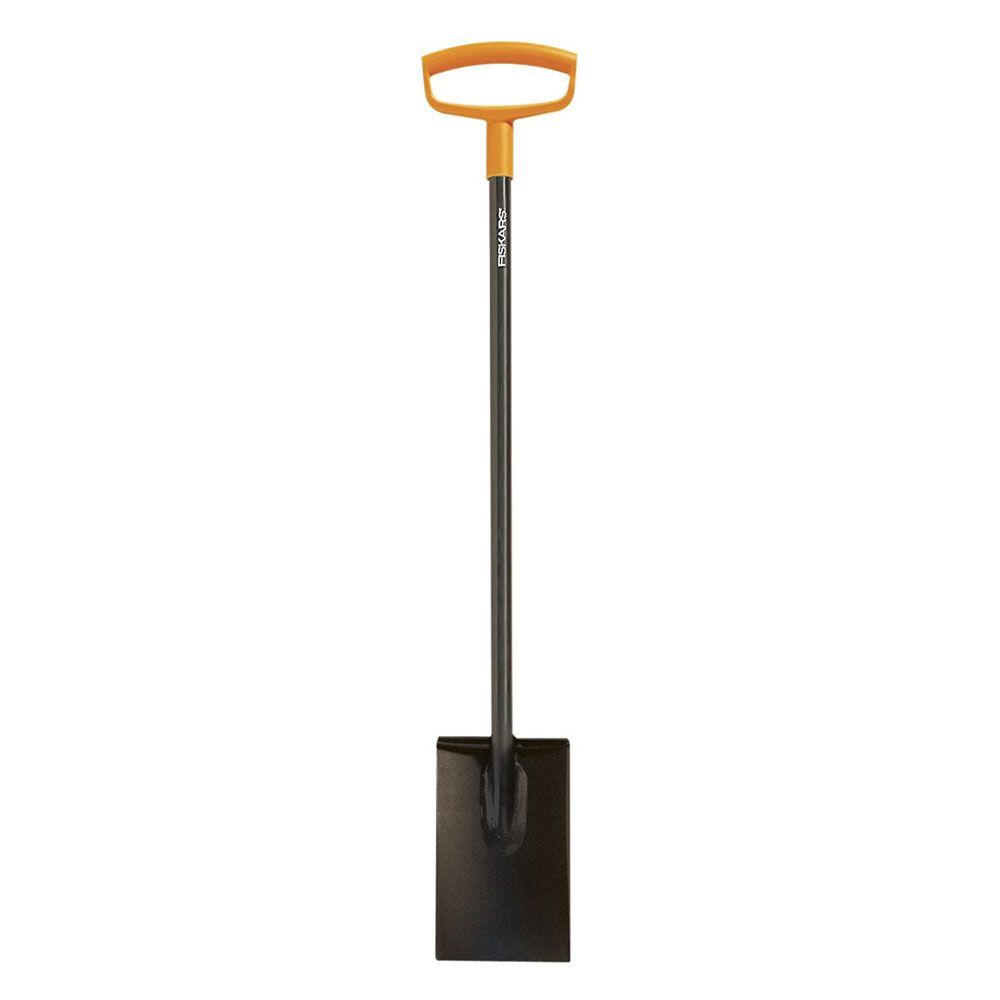
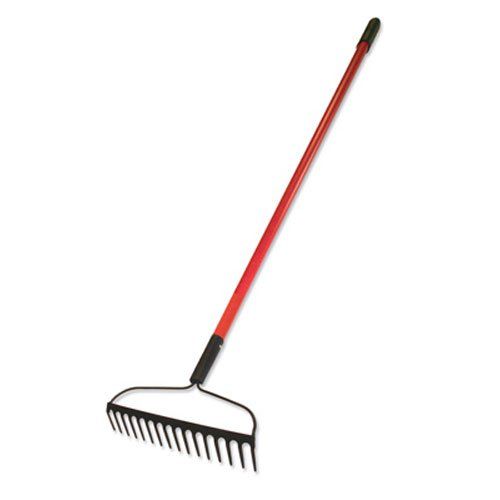
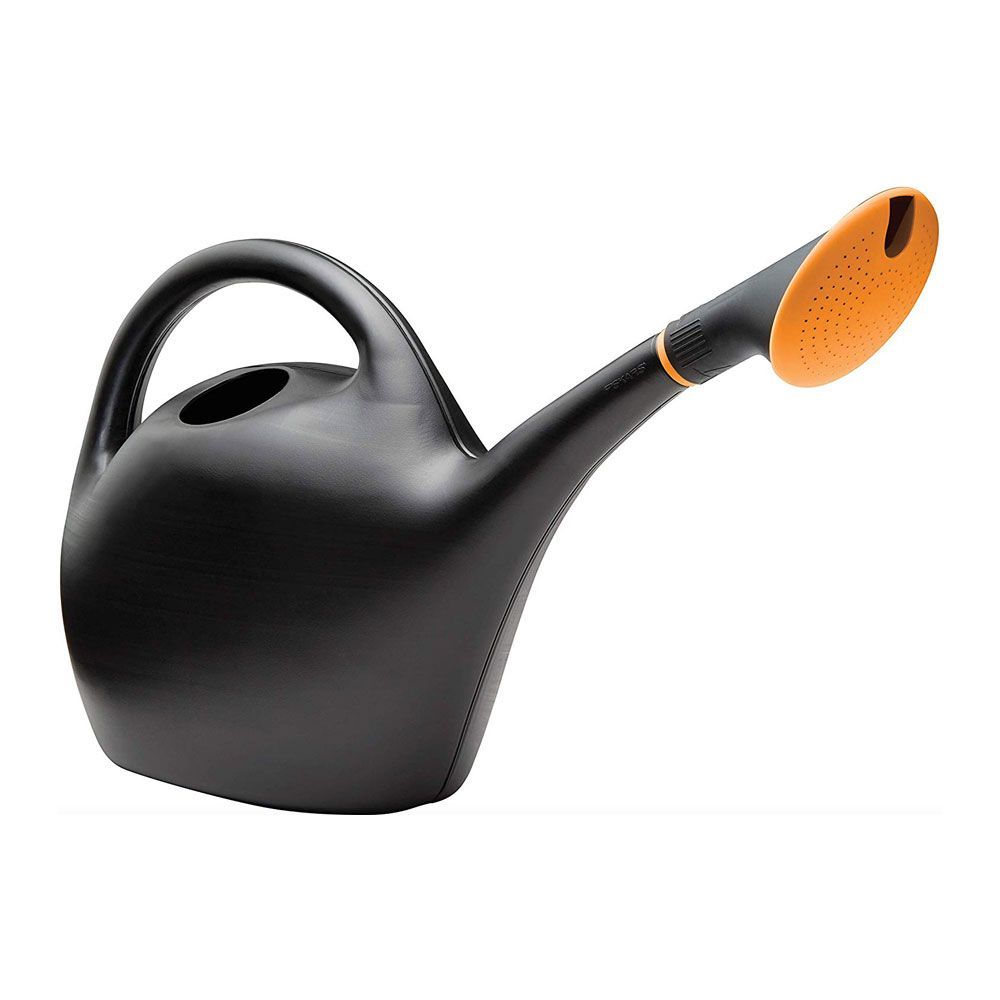
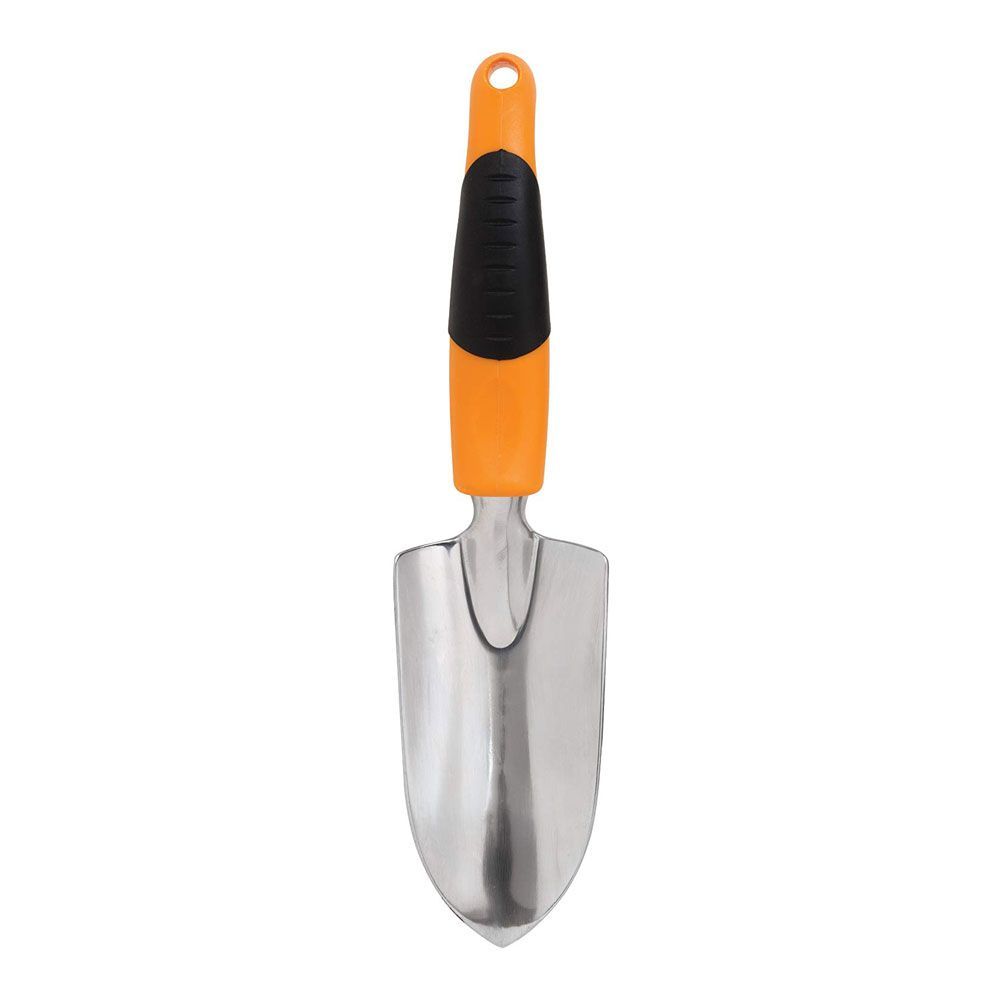
7. Water your plants in the morning.
Now that you’ve got all the essentials, it’s time to get growing. Watering your plants first thing in the A.M. will give the water ample time to reach the roots. “For outdoor plants, this helps make sure the plant has enough water available throughout the day, which helps it better manage the heat of the sun,” says Morganthaler. “If you water too late in the day or evening, and the foliage remains wet overnight, it can promote mold and mildew on the plants.”
The same applies to indoor plants. Watering them in the morning allows the plant to soak up moisture before the sun warms it up and causes that moisture to evaporate. And, since many plant roots prefer to live in well-drained soil, it’s best that they’re not sitting in wet soil overnight, explains Morganthaler.
8. Pre-wet your soil mix before planting seeds or transporting plants.
“The soil should be damp, but not saturated. Damp soil mixes absorb water more readily than dry soil,” says Scott. If the soil isn’t damp enough, the plant may not root well in the soil, possibly drying it up and harming its growth.
Scott prefers to water plants that grow in delicate seed trays, like basil and early season tomatoes, with a fine-misting spray bottle, since it typically helps minimize seeds getting washed away to the edge of the pot (not an ideal place for them to grow).
9. You don’t need to water plants every day.
“It is better to water deeply and less often, as opposed to daily,” says Scott. “Watering deeply encourages the plant to set deeper roots, which will increase drought tolerance and generally lead to a healthier plant.” But you should regularly keep an eye on your plants to make sure they aren’t too dry.
“We all lose plants, but no one has a ‘black thumb.'”
Not sure how much is too much or vice versa? You can research how much water your plant requires—either online or at your local gardening store—but there are a few general rules of (green) thumb. “For vegetables planted in the ground, they need about one inch of water per week. You can visually inspect them, or use a rain gauge,” says Morganthaler. “For indoor or container plants, a watering schedule can’t be recommended, as you will need to check them weekly.”
She also suggests checking plants grown in containers by sticking your finger into the top inch of soil: “If the soil is dry, it needs water. If it’s wet, check again in a few days.”
10. You should regularly trim and prune your plants.
Trimming and pruning is like preventive maintenance for your plants, and it also keeps them neat and attractive, too. Trimming and pruning reap big bennies, from providing your plant with improved air circulation to even training it to maintain a certain shape. One 2009 study found that pruning dead or infected plant parts can keep the main shoot healthy in the long run (and isn’t that the whole point?).
11. Stay on top of weed control.
It’s common knowledge that you need to beware of weeds when gardening. But what are weeds exactly? They basically refer to any plant that’s growing where it’s not supposed to. FYI: Not all weeds are bad, but some will give your plant competition, meaning they can soak up its light, water, and nutrients. This can negatively affect your plant’s health and growth, and that’s not good for your gardening goals.
Plus, improper maintenance of weeds can make your garden look a lot less neat and attractive.
12. Fertilizer can help your plants grow better, but don’t overdo it.
Fertilizer can be used to up your plant’s nutrient intake, but piling it on can do more harm than good, says Scott. “Too much fertilizer, or using the wrong type of fertilizer at the wrong time, can have negative effects on your plants,” he cautions. “Follow the label, and when in doubt, fertilize at half-strength.You can always apply more if needed.”
Make sure to do your research before buying, and, when in doubt, ask a fellow gardener with a little more experience.
13. Keep track of your gardening activity.
If you’re forgetful, or just like having things written down, invest in a gardening journal that will help you keep a log of all your activities. “It’s always a good idea to write down when you planted in the garden, so you know approximately when to harvest,” says Morganthaler. “If you are the creative type, you can start a garden scrap book or blog to keep up with the activities.” (Two new hobbies for the price of one? Score!)
Scott also recommends putting proper labels on your plants. “When labeling your plants and seedlings, put as much information on the tag as possible and save the empty seed packets for reference later,” he advises. This will help you easily locate them if you have very similar looking plants or are still working on your plant knowledge.
14. Use a camera to document your plants’ progress.
One of the most rewarding things about gardening is watching each plant grow from a little sprout to thriving greenery. Take weekly pictures of your plants to see how much they’ve grown over time. (Cue the proud plant parent moment of showing those babies off!)
Scott also recommends using a camera as another way to keep track of your gardening activity by putting the pictures into a digital spreadsheet. “You can photograph seed packets and plant labels, use the images to identify where you planted particular varieties of plants, document changes in the garden, etc.,” he says. “Be sure to turn on the date function, so you can quickly track your progress.”
15. You might make mistakes, but learn from them.
Don’t become discouraged if you’re unable to keep a plant alive—it happens. “We all lose plants, but no one has a ‘black thumb,'” assures Scott. You can do all your proper research and still have something go wrong… just cuz.
But use that experience to your advantage the next go-around. “Remember, plants can’t read, and they don’t care what a book or label or the internet has to say about anything,” adds Scott. “Those are all useful resources and are generally a good starting point, but at the end of the day, nothing beats real-world experience.”
So, go ahead and get your hands dirty now, so you can hashtag #greenthumb all over your cute, new garden pics later on.
Source: Read Full Article
